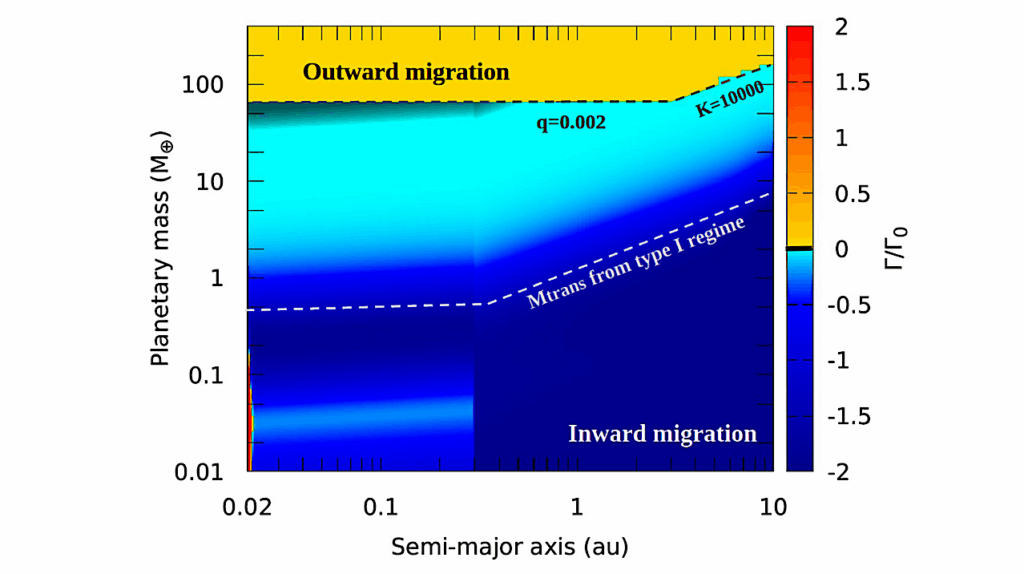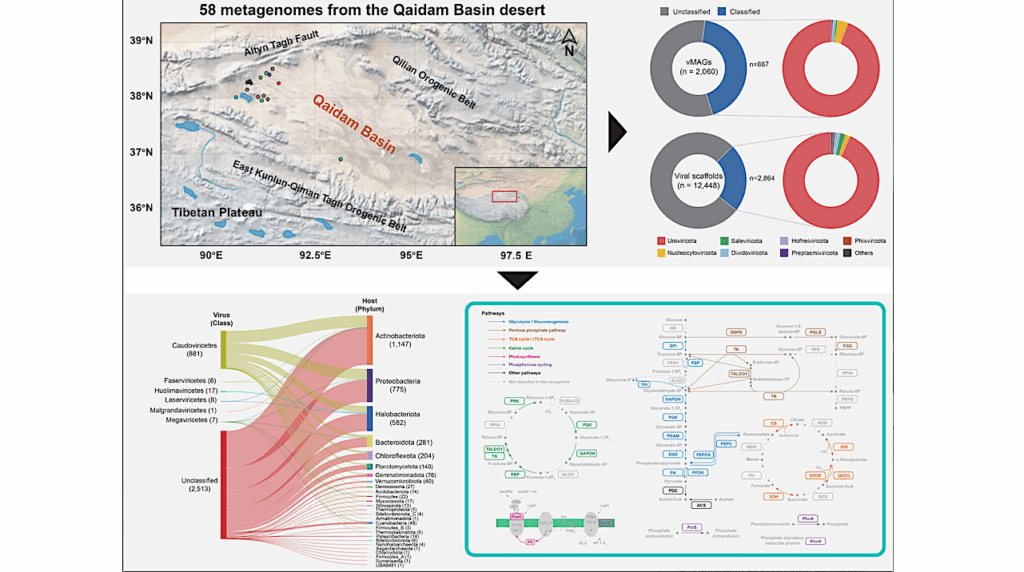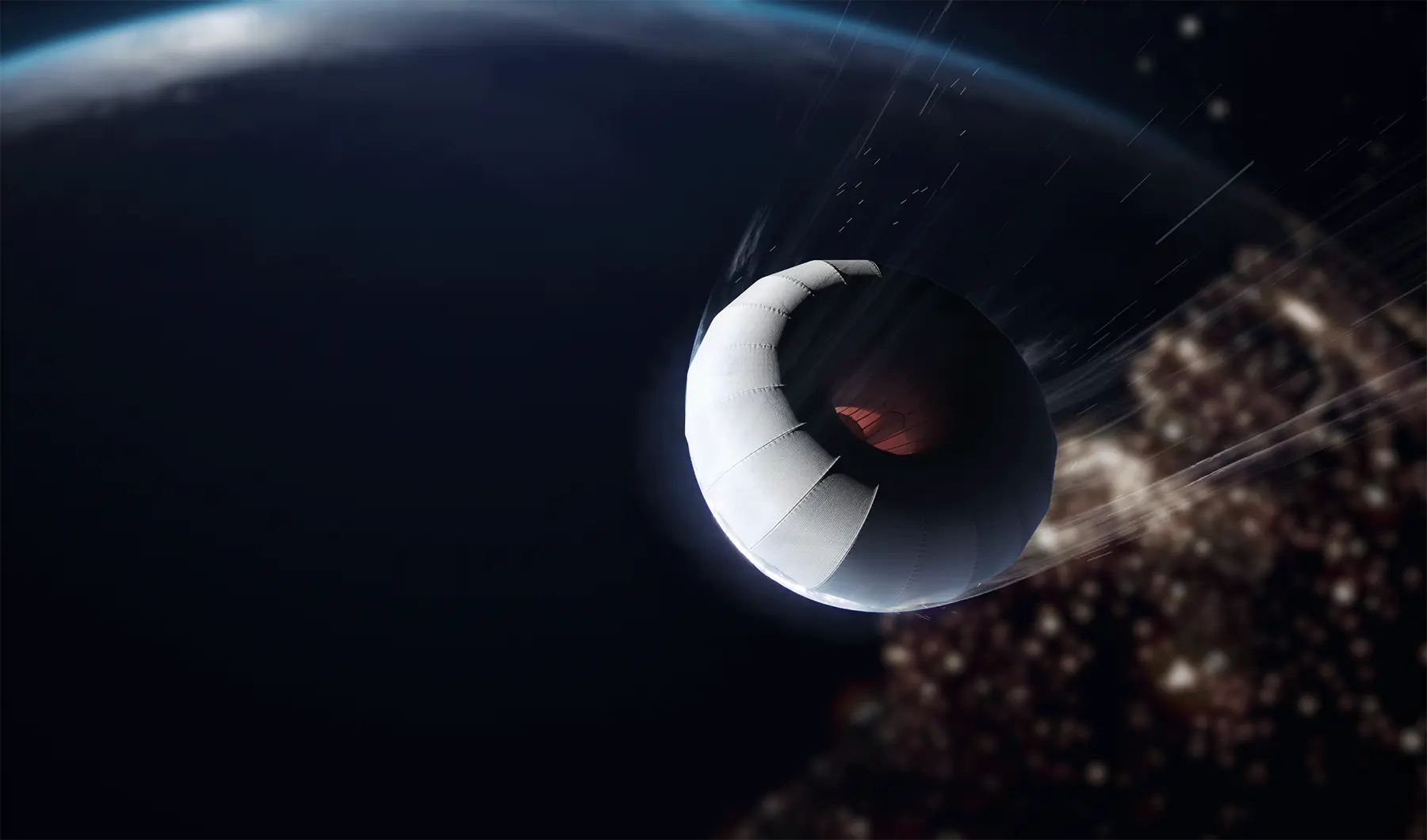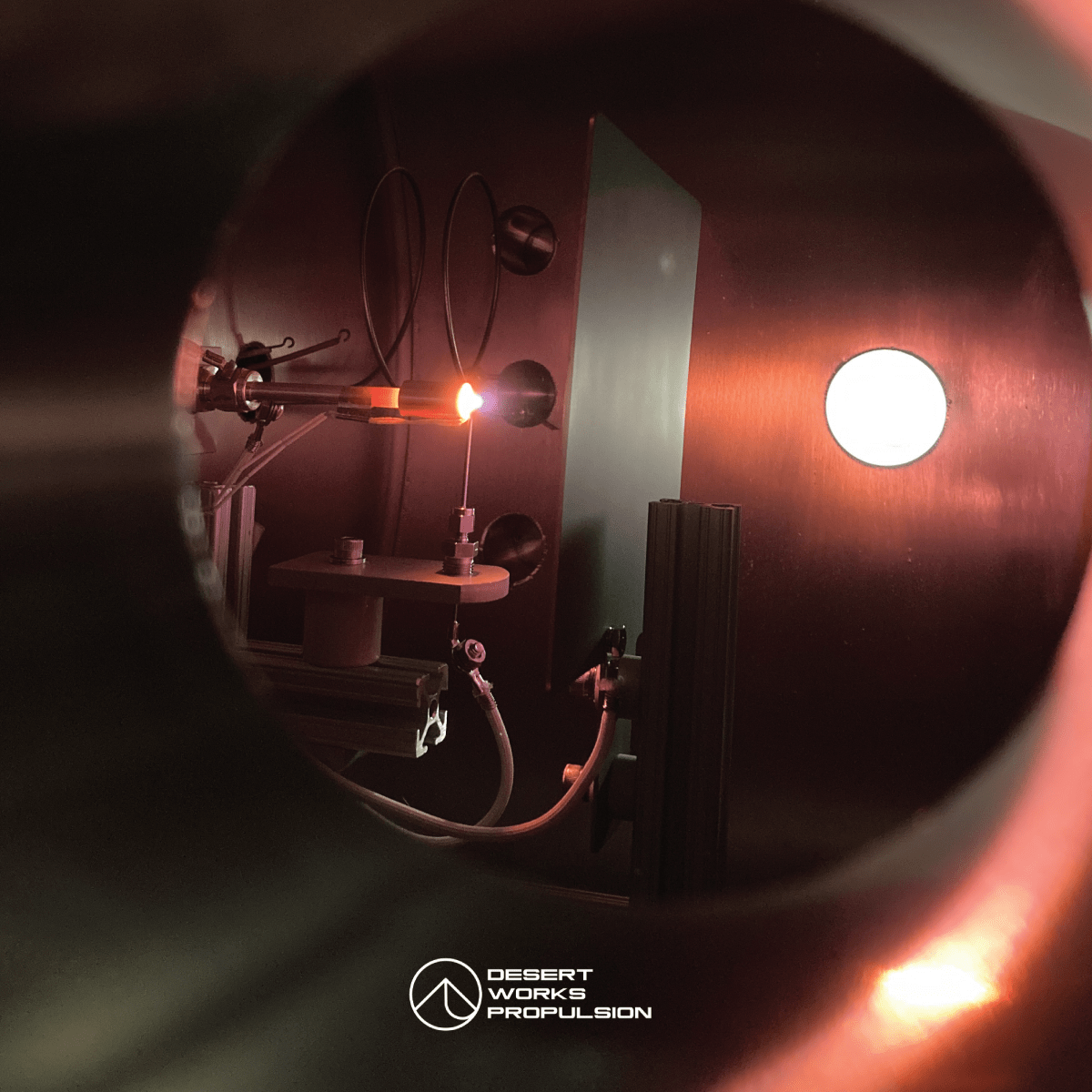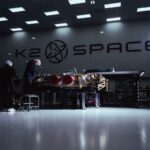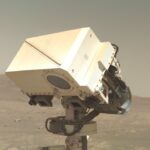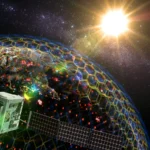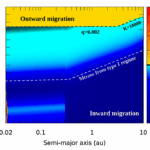Now Reading: JWST Summer School Virtual Registration Is Open
-
01
JWST Summer School Virtual Registration Is Open
JWST Summer School Virtual Registration Is Open
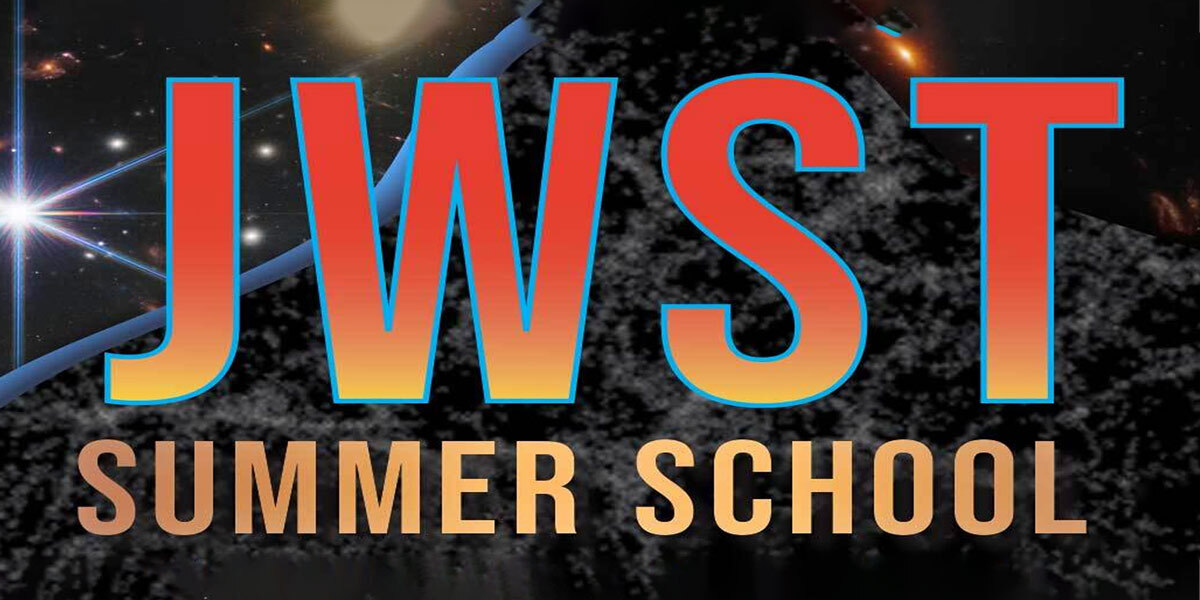

JWST Summer School
The inaugural STScI’s JWST Summer School will take place in Baltimore on August 4 to 15, 2025, and focus on High-Redshift Transients with JWST. The first week of the school will focus on high-z transients science, featuring lectures relevant to the field. The second week will focus on observational and analytical techniques and showcase many hands-on exercises.
STScI welcomes virtual registrations for the first week of the school only, as the nature of the lectures will better accommodate remote participants. The materials for the second week will be available to work on asynchronously.
The in-person application period is closed; however, early career scientists, new JWST researchers, and researchers new to the field who will not participate in person are welcome to join virtually. Virtual registration is open until June 27th.
For more information and to register, please visit our event webpage. You can contact the event organizers via email at [email protected] if you have questions.
Description
The inaugural STScI James Webb Space Telescope (JWST) Summer School will focus on High-Redshift Transients with JWST. Early career scientists, including undergraduate students, new JWST researchers, and researchers new to the field are encouraged to join. The school will last two weeks: the first week will focus on high-z transient science, featuring lectures relevant to the field; the second week will focus on observational and analytical techniques, where participants will learn to create a JWST program from scratch, to run the calibration pipeline, and to generate high-level products necessary to analyze and exploit JWST high-z transient data. See a preliminary agenda below.
With its superb sensitivity and infrared capabilities JWST has opened a new and exciting window into Time Domain Astronomy (TDA) science, which was named a top priority for Astronomy and Astrophysics by the 2020 Decadal Survey. By detecting redder and fainter sources, JWST allows us to explore the early universe better and probe the epoch of reionization and first stars. It also provides insights into high-energy physics and explosion mechanisms. The year 2025 will see a wealth of new data relevant for TDA as the Rubin Telescope begins science, two new
Science Organizing Committee
Mic Bagley (NASA), Stacey Bright (STScI), Caitlin Casey (University of California, Santa Barbara), Christa DeCoursey (University of Arizona, Tucson), Chris Evans (ESA), Macarena Garcia Marin (STScI/ESA), Jeyhan Kartaltepe (Rochester Institute of Technology), Patrick Kelly (University of Minnesota), Dale Kocevski (Colby College), Erini Lambrides (NASA), Mercedes Lopez Morales (STScI), Takashi Moriya (National Astronomical Observatory of Japan), Robert Quimby (San Diego State University), Neill Reid (STScI), Armin Rest (STScI), Lou Strolger (STScI), Haojing Yan (University of Missouri)
Astrobiology, Astronomy,
Stay Informed With the Latest & Most Important News
Previous Post
Next Post
-
 012024 in Review: Highlights from NASA in Silicon Valley
012024 in Review: Highlights from NASA in Silicon Valley -
 02Panasonic Leica Summilux DG 15mm f/1.7 ASPH review
02Panasonic Leica Summilux DG 15mm f/1.7 ASPH review -
 03How New NASA, India Earth Satellite NISAR Will See Earth
03How New NASA, India Earth Satellite NISAR Will See Earth -
 04From Polymerization-Enabled Folding and Assembly to Chemical Evolution: Key Processes for Emergence of Functional Polymers in the Origin of Life
04From Polymerization-Enabled Folding and Assembly to Chemical Evolution: Key Processes for Emergence of Functional Polymers in the Origin of Life -
 05And Thus Begins A New Year For Life On Earth
05And Thus Begins A New Year For Life On Earth -
 06Astronomy Activation Ambassadors: A New Era
06Astronomy Activation Ambassadors: A New Era -
07SpaceX launch surge helps set new global launch record in 2024













